|
Full resolution versions of wildflower photos available on flickr. 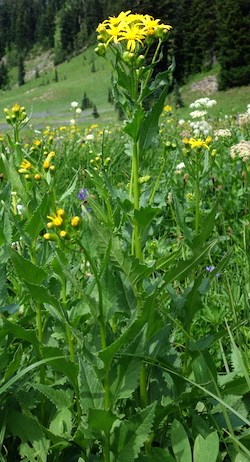
NPS Photo Arrowleaf GroundselSenecio triangularis Distinctive toothed, triangular-shaped leaves mark this large plant, which can grow to be 20-40 inches (50-100 cm) tall. Several flowerheads cluster atop the single tall stem. The flowers are bright yellow with many petals. Common in the park, generally above 4,000 feet (1,219 m). 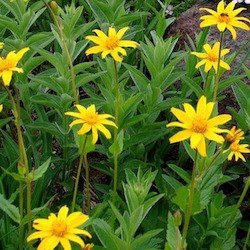
NPS Photo, Steve Redman Broadleaf ArnicaArnica latifolia A common subalpine species; it can be found growing alone or in clustered groups formed from spreading rootstock. Stems reach about 20 inches (50 cm) in height, with oval, toothed leaves. 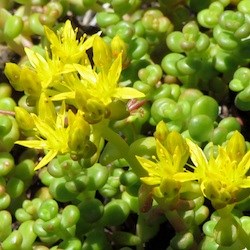
NPS, Crow Vecchio Cascade StonecropSedum divergens Also known as spreading stonecrop, this plant grows to form spreading mats. Stems have thick bright green leaves, sometimes tinged with red. Usually found growing on cliff faces and stony slopes. 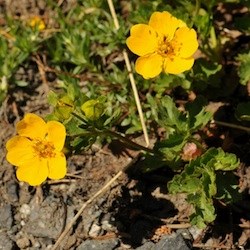
NPS Photo Cinquefoil, Fan-leafPotentilla flabellifolia A low, clustered perennial, with basal leaves with three, coarsely toothed leaflets. Common in higher elevation subalpine areas such as the Sunrise area.
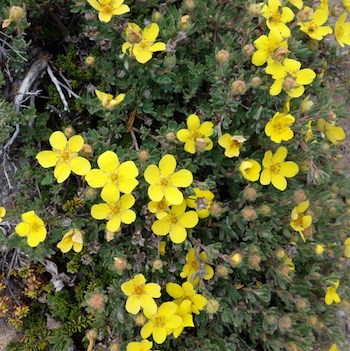
NPS Photo Cinquefoil, ShrubbyDasiphora fruticosa This shrubby plant has one or two five-petaled yellow flowers on each branch. Stems are woody, with divided leaves with 3-7 leaflets covered in silky hairs. Found on subalpine to alpine rocky slopes between 5,000-8,000 feet (1524 -2438 m) elevation. 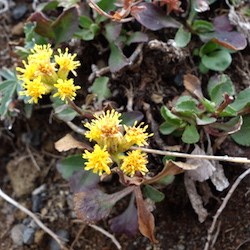
NPS Photo Dwarf GoldenrodSolidago simplex Common on talus slopes between 6,000-7,100 feet (1,828-2,164 m), this alpine plant grows only to four inches (10 cm) tall; a miniature of its cousin, northern goldenrod (Solidago multiradiata). It has spoon-shaped to oval leaves diminishing in size along the stem, while the yellow flowers are short and compact. 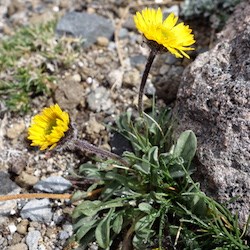
NPS Photo Fleabane, Alpine YellowErigeron aureus Also known as alpine gold daisy, this tiny flower is common on the rocky slopes of the mountain between 7,000-8,500 feet (2,133-2,590 m). It has a compact bunch of basal leaves and a short stem with a single flower, reaching about 6 inches (15 cm) tall. The flower is woolly, with a disk of yellow petals. 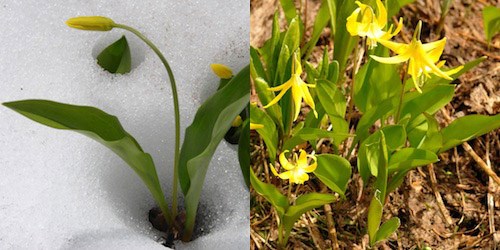
Glacier LilyErythronium grandiflorum Each plant usually boasts a single flower supported on a 6-12 inch (15-30 cm) long stem (unlike the 2-3 flowers per stem found on avalanche lilies), but often found growing in clumps of multiple individuals. Glacier lilies also bloom earlier than avalanche lilies or other flowers, sometimes even pushing through late-season snow in order to flower. 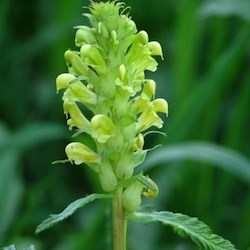
NPS, Crow Vecchio Lousewort, BractedPedicularis bracteosa Also known as wood betony, this plant is hairless, with leaves divided into slender, toothed lobes. Flowers can sometimes be tinged purple, but usually appear yellowish. Growing to a height of 40 inches (100 cm), it is the tallest lousewort species found in the park. 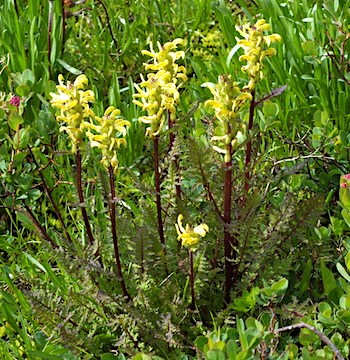
NPS/S. Redman Photo Lousewort, Mount RainierPedicularis rainierensis 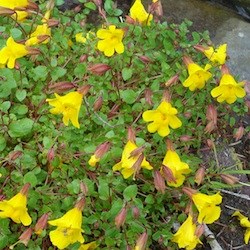
NPS Photo Mountain MonkeyflowerMimulus tilingii Spreads via rootstock and runners to form small patches or mats, with branched stems ranging from 2-8 inches (5-20 cm) long. Commonly found along streams or areas of wet ground. 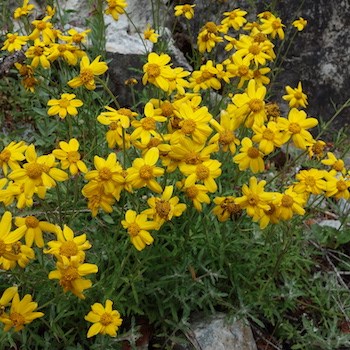
NPS Photo Oregon SunshineEriophyllum lanatum 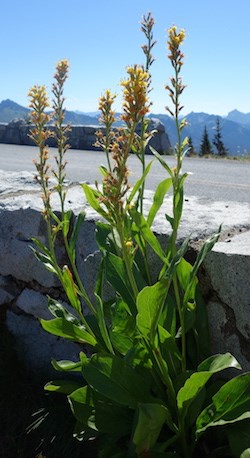
NPS Photo RainieraRainiera stricta A tall plant, with a leafy stem reaching about 40 inches (100 cm) high. Leaves are hairless and not toothed, diminishing in size as they approach the top of the stem. Flowers form a spike at the top, with each flowerhead containing five yellow flowers. Grows in drier subalpine meadows and open areas, particularly around Sunrise. 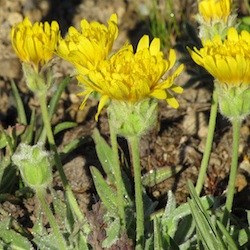
NPS, Crow Vecchio Short-beaked AgoserisAgoseris glauca This stout plant with a dandelion-like flower grows no taller than 6 inches (15 cm), with thick, toothless, hairy leaves. Common in drier subalpine meadows above 5,000 feet (1,524 m), particularly around Sunrise and the north and east sides of the park. Also called woolly or pale agoseris. 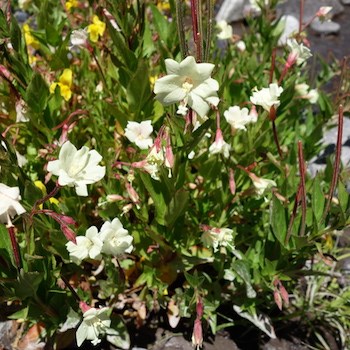
NPS Photo Willowherb, YellowEpilobium luteum Growing in loose clumps, this willowherb has opposite, hairless leaves, with toothed margins. Flowers have four-lobed stigmas, with pale yellow to yellow petals. Common in subalpine meadows. 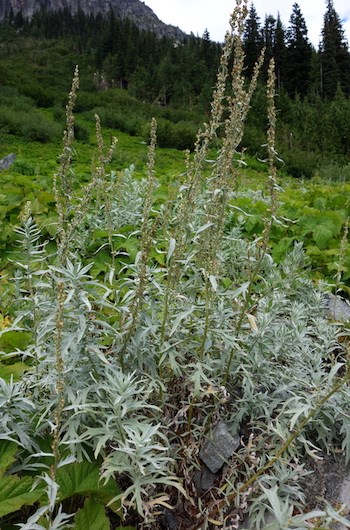
NPS Photo Wormwood, SilverArtemisia ludoviciana Return to Wildflower Guide |
Last updated: April 2, 2025
